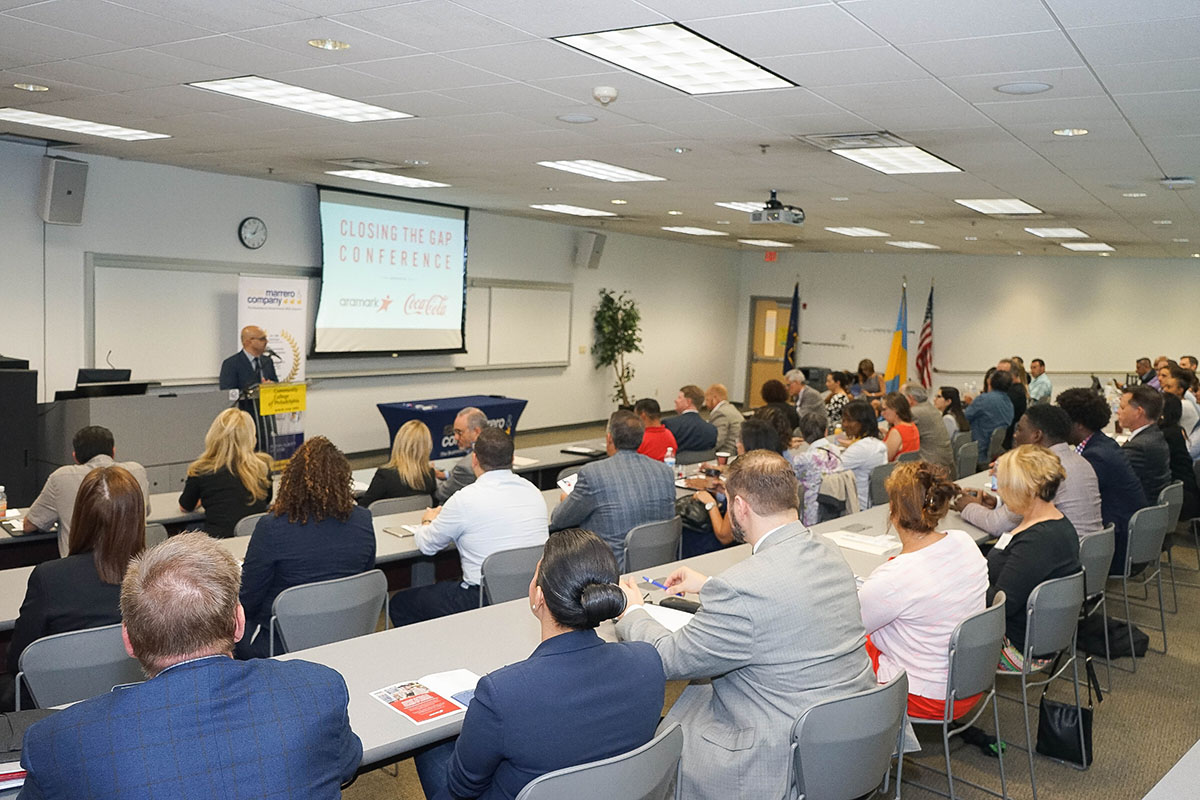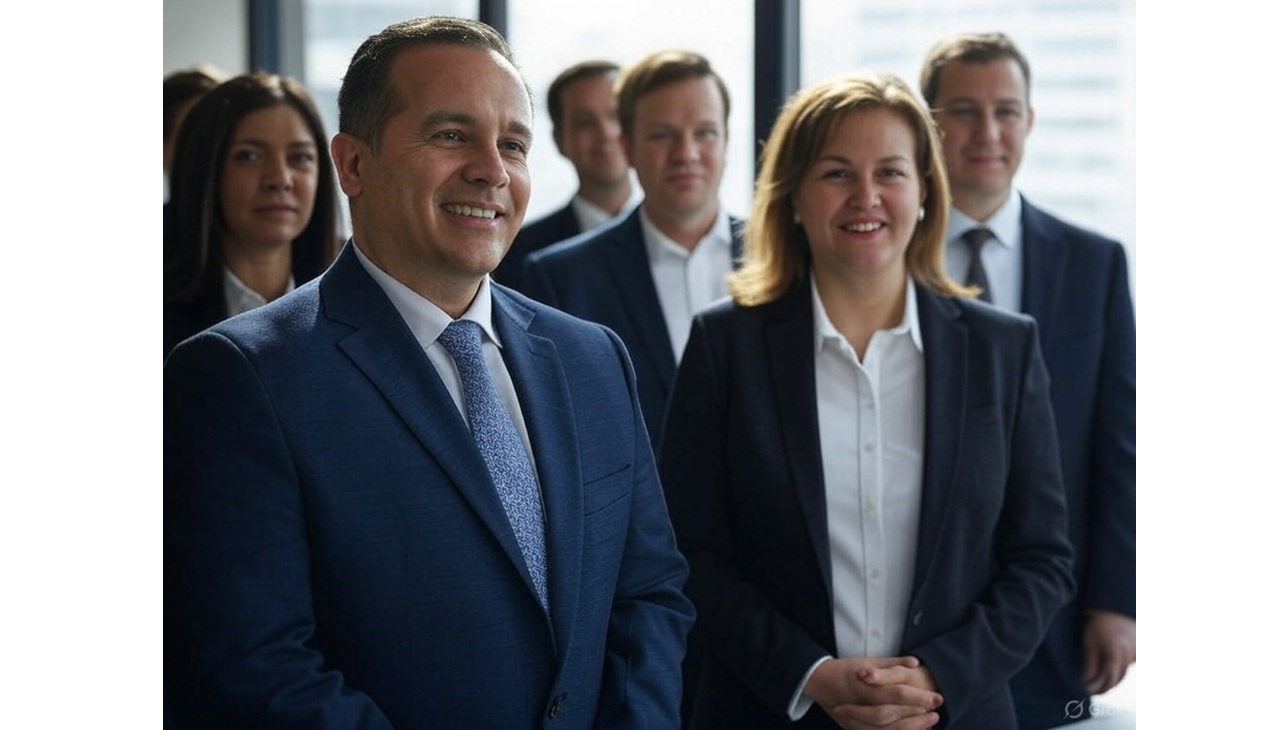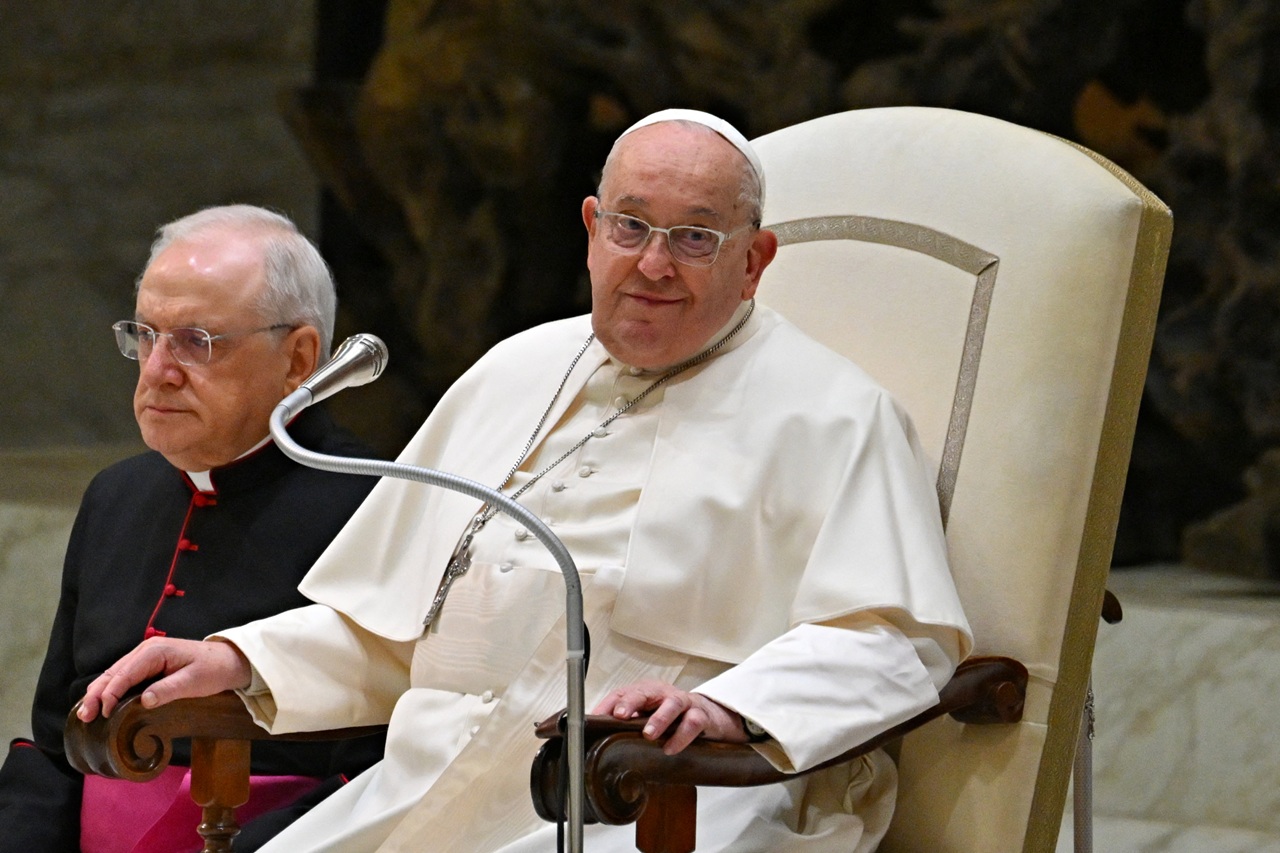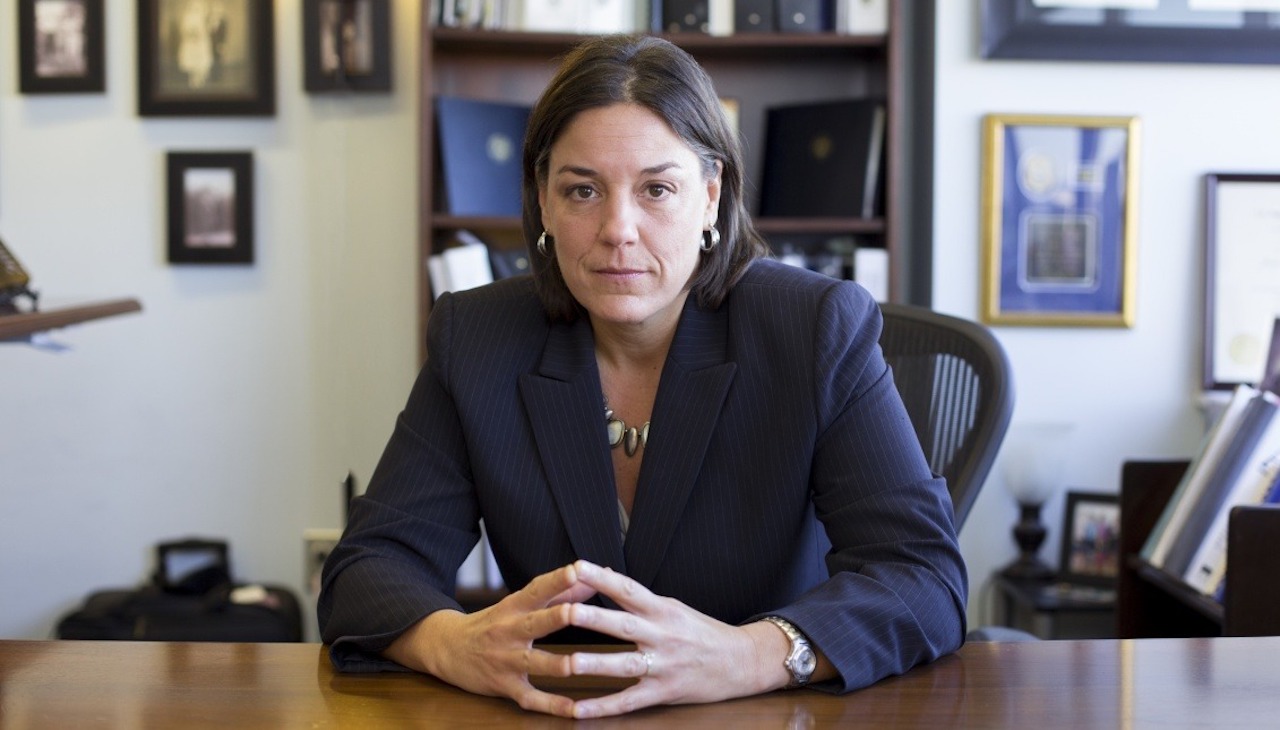
Who is telling our stories? GPHCC talks changing the narrative of Latinos in Philadelphia
The discussion was the final one of the chamber’s “Closing the Gap” conference.
Last week, between Aug. 17 and 21, the Greater Philadelphia Hispanic Chamber of Commerce held its “Closing the Gap” conference dedicated to putting Latino professionals and businesses in the city and region on the map.
The week featured everything from highlighting Latino small businesses to giving advice to those businesses on legal matters, marketing, franchising, government contracting and more.
But arguably, the most important conversation came at the week’s end and discussed the stories being told about Latinos in mainstream media.
The presentation was titled, “Who is Telling Our Stories,” and featured a panel of editors and journalists from The Philadelphia Inquirer, The Philadelphia Business Journal, CIO Dive, and NBC10/Telemundo to talk about how Latinos are portrayed in the media.
Jennifer Rodriguez, the President and CEO of GPHCC, put it bluntly when it comes to Latino businesses.
“They rarely highlight a Latino that is a successful business owner,” she said.
It’s vital considering that Councilmember María Quiñones-Sánchez opened the discussion by driving home that Latino businesses will be a major part of the “smart restart” being talked about for the city in City Council.
Quiñones-Sánchez has even laid out a challenge to business leaders across the city to make sure the “smart restart” they talk about at City Hall and the “new normal” everyone re-enters is more equitable for everyone.
“Today, I ask the business community to join me in the fight for real, long-term investments in Black and Brown communities,” wrote the councilmember in her call to arms in the Philadelphia Citizen.
“The future of Philadelphia is at stake,” she told attendees on the last day of the virtual GPHCC conference.
As part of the “new normal” advocated by Quiñones-Sánchez, the media must portray a new narrative of Latinos that truly captures their business prowess and purchasing power as a population.
Roberto Torres, a reporter at CIO Dive, pointed out that it often starts with the entrepreneur, and Latino entrepreneurs aren’t getting enough love from the media to tell their stories.
For Ezequiel Minaya, an editor at the The Philadelphia Inquirer, changing the narrative of Latinos in the U.S. is something that’s been kicked around since the 1980s.
Minaya cited two polar opposite takes from the Los Angeles Times that sparked the evolution. The first was a series called “Marauders,” which as the title suggests, was a dehumanization of the Latino population in California that resulted in massive backlash.
The follow up, “Latinos,” was a much more in-depth, 27-part series that won the paper a Pulitzer Prize.
“Problem solved right? No,” said Minaya.
He went on to say that the surface-level characterization of Latinos in big media could also have to do with the economic hit the news industry has taken over the last four decades.
The necessary diversification efforts have been replaced by the need to survive.
A by-product of that is the news industry’s reliance on unpaid internships in 2020. They can be found, but are only truly utilized as a way to get a leg up in the industry by those that can afford it.
RELATED CONTENT
Minaya said in his early unpaid days at the now-defunct Village Voice in New York City were supplemented by also working at a deli.
Jeff Blumenthal, another member of the panel and reporter for the Philadelphia Business Journal, added to the dire economic picture by referencing the news deserts — areas of the country without a local publication for news — that are appearing in the Philadelphia suburbs.
But all the talk of economic crisis and survival does not mean the panelists have lost hope in news, or its ability to tell more authentic, well-rounded Latino stories.
Minaya cited the younger generation as the driving force across the country that is not only greasing the wheels of progress in some of the nation’s oldest, traditional newsrooms, but also realizing and acting on the importance of diversity when telling stories about different communities.
“It’s not just my surname,” said Minaya before recognizing that even within the Latino community there are regional differences.
Latinos born in the U.S. also bring a completely new perspective to the table of storytelling.
Lucy Bustamante of NBC10/Telemundo was born and raised in New Orleans, Louisiana and in her own words, didn’t interact with people like her “until the end of college.”
She credited the experience of growing up around others that were different from her to her desire to be a bridge builder between communities.
It’s something Bustamante does as a journalist in the workplace and out of it in the communities of Philadelphia.
If there’s anything to be taken from the role of media in changing the narrative of Latinos in Philadelphia and beyond, it’s just that. It must be the bridge, and must involve everyone.
Bustamante left the attendees with one question.
“What are you doing to get others involved?”











LEAVE A COMMENT: